Key Observation Point
Los Angeles Contemporary Archive (LACA)
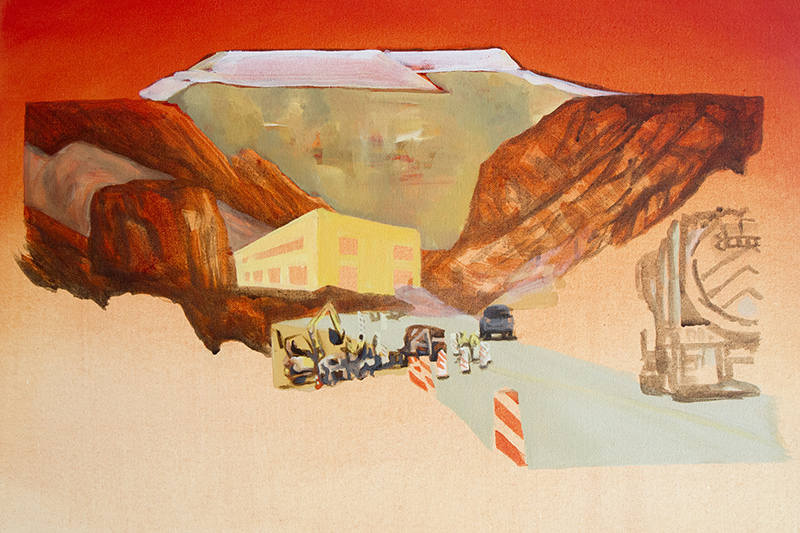 Key Observation Point 2, acrylic and graphite on canvas, 2018.
Key Observation Point 2, acrylic and graphite on canvas, 2018.
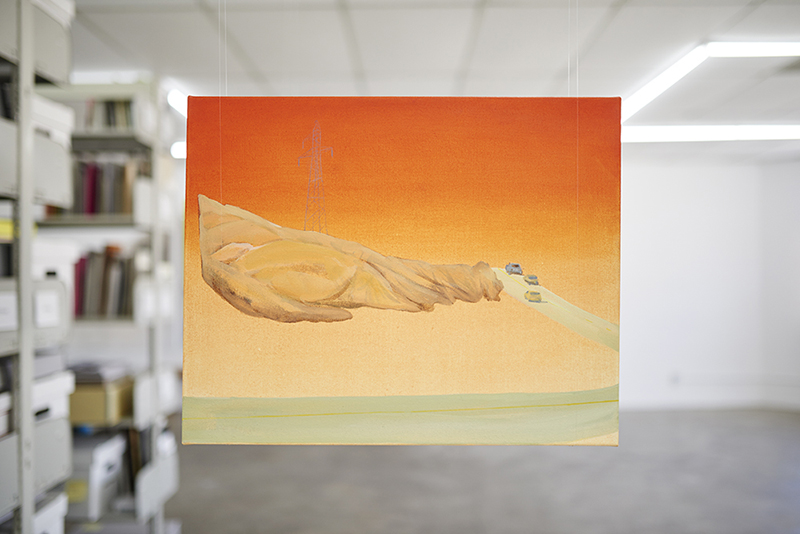
Key Observation Point 5, acrylic and graphite on canvas, 2018. Photo credit: Sean Sprague
 Key Observation Point 5, acrylic and graphite on canvas, 2018. Photo credit: Sean Sprague
Key Observation Point 5, acrylic and graphite on canvas, 2018. Photo credit: Sean Sprague
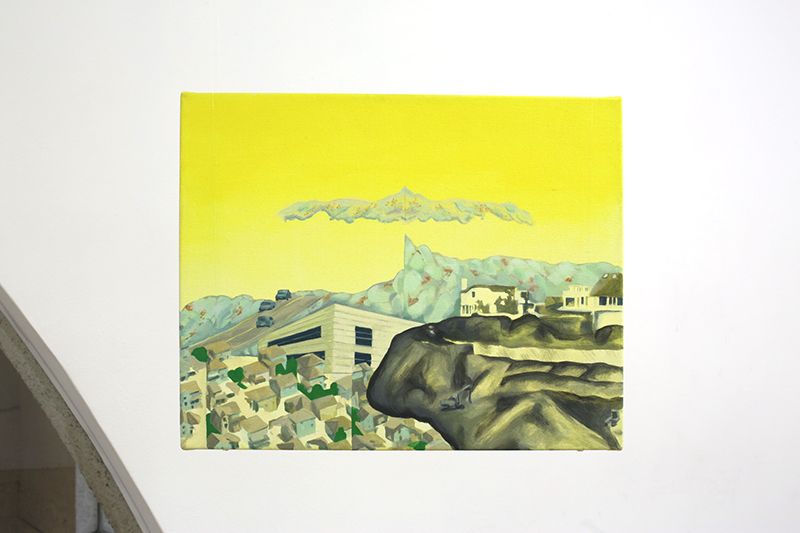 Key Observation Point 1, acrylic and graphite on canvas, 2018. Photo credit: Sean Sprague
Key Observation Point 1, acrylic and graphite on canvas, 2018. Photo credit: Sean Sprague
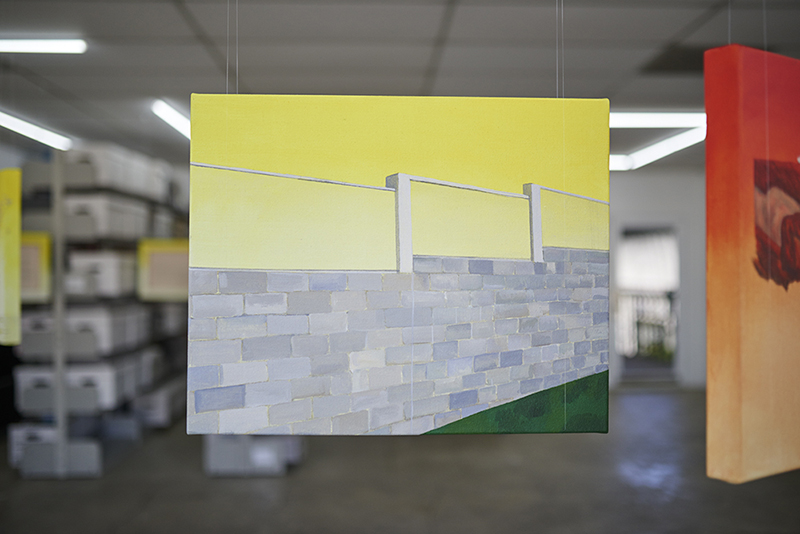 Key Observation Point 3, acrylic and graphite on canvas, 2018. Photo credit: Sean Sprague
Key Observation Point 3, acrylic and graphite on canvas, 2018. Photo credit: Sean Sprague
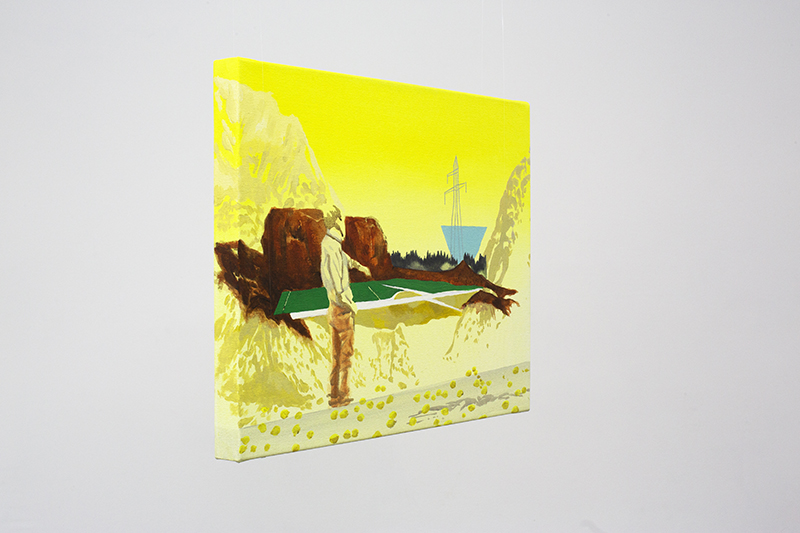 Key Observation Point 4, acrylic and graphite on canvas, 2018. Photo credit: Sean Sprague
Key Observation Point 4, acrylic and graphite on canvas, 2018. Photo credit: Sean Sprague

Key Observation Point 7, acrylic and graphite on canvas, 2018. Photo credit: Sean Sprague
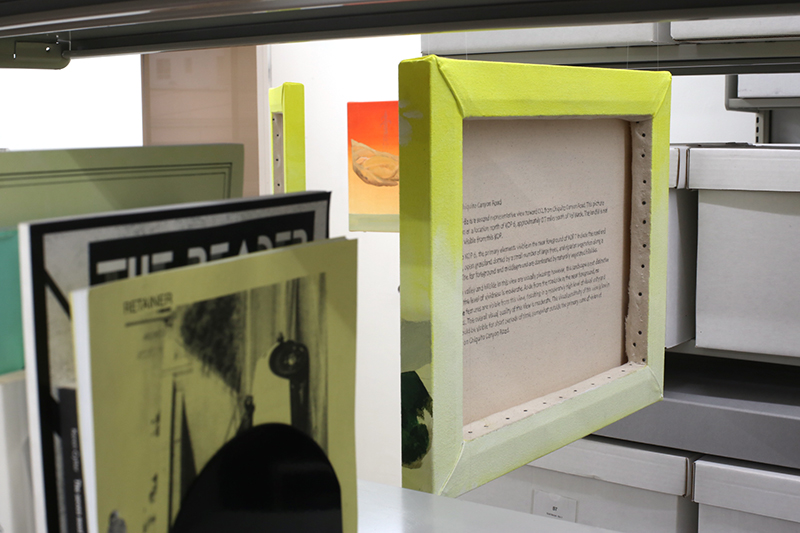
Key Observation Point 7, acrylic and graphite on canvas, 2018. Photo credit: Sean Sprague

Key Observation Point 6, acrylic and graphite on canvas, 2018
 Key Observation Point Research Station, 2018.
Key Observation Point Research Station, 2018. 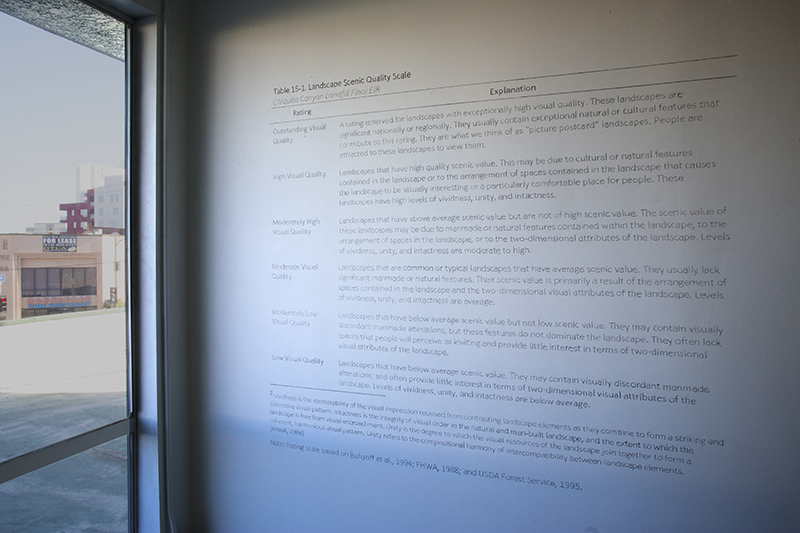
Landscape Scenic Quality Scale, graphite wall text, 2018.
Ten years ago, I was a young artist living next to the Chiquita Canyon Landfill in Los Angeles County. I tried to fathom the landfill’s depths. I went inside it whenever I could. I learned of a strange symbiosis between the landfill and my community: it took in 6,000 tons of waste daily and supplied community improvements to my town like yoga classes and vinyl fencing.
Key Observation Point takes its name from the landfill’s 2017 Environmental Impact Report. One chapter in the report assesses the location's scenic beauty using a metric named the ‘Landscape Scenic Quality Scale.’
Developed by a cohort of landscape architects and foresters during the late 20th century, the scale measures the beauty of an area’s natural and built features as an attempt at environmental protection. The scale breaks down physical space into the European pictorial language of foreground, middle-ground, and background, and qualities of 'vividness', 'intactness' and 'unity.'
Chiquita Canyon is located at the northern fringe of Los Angeles County. Before the landfill was incorporated as a private operation in 1972, the canyon was used as an ungoverned dumping ground. Waste Connections, Inc. purchased the industrial site and it has since become one of the largest and oldest operational landfills in California.
Throughout my research I returned to my questions:
What are the dominate attitudes towards scenic beauty which assign value to landscape?
How are Eurocentric relationships with land institutionalized, and act as a conduit for environmental injustice?
How do people find meaning in their relationships to place and land?
I painted the seven views towards the landfill that the environmental impact report regards as ‘key observation points.’ The seven painted images in the exhibition are the result of a multi-step process using digital networked technologies, collage, and painting.